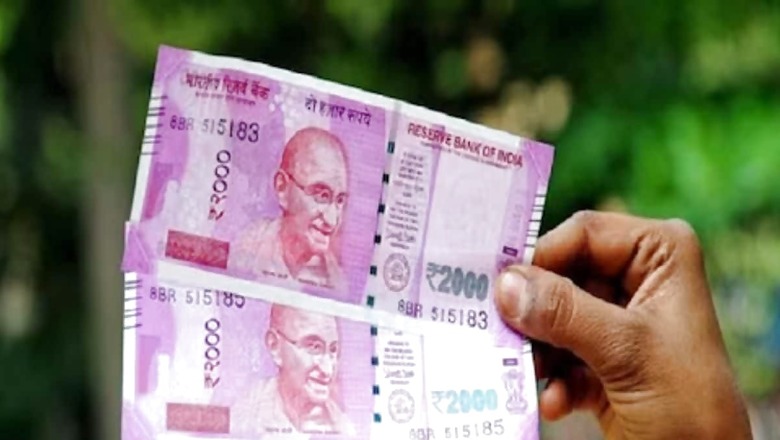
views
The PLI scheme is expected to attract investments of Rs 3-4 lakh crore in the next four years and generate 2 lakh jobs as large projects in sectors, including semiconductor, solar module and pharmaceutical intermediaries, are expected to take off, a top Icra executive said on Wednesday.
Icra Executive Vice President and Chief Ratings Officer K Ravichandran said that going ahead private sector capex is expected to pick up in oil and gas, metals and mining, hospitals, healthcare and cement sectors.
However, taking the private sector capex to record high levels would require the government to give some tax breaks so that people have more disposable income in their hands.
“Under the PLI scheme, we are expecting Rs 3-4 lakh crore of additional investments in the next 3-4 years. Going ahead, semiconductor, solar module, and pharmaceutical intermediaries are some areas where large projects are expected to happen which can be capital and employment-intensive. They would be generating 2 lakh jobs in different sectors,” Ravichandran told PTI in an interview.
The PLI scheme was announced in 2021 for 14 sectors, including telecommunication, white goods, textiles, manufacturing of medical devices, automobiles, speciality steel, food products, high-efficiency solar PV modules, advanced chemistry cell batteries, drones, and pharma, with an outlay of Rs 1.97 lakh crore.
PLI schemes have witnessed over Rs 1.03 lakh crore of investment till November 2023, and employment generation of over 6.78 lakh.
With regard to private sector capex, Ravichandran said private capex pickup is expected in oil and gas, metals and mining hospitals, healthcare, and cement. These are the sectors that are expecting large outlay over the medium term. However, unlike earlier years, this time the capex is more towards the green energy side, renewable energy and electric vehicles.
“For us to reach a high level of capex we need to do something on the demand front. Consumption at the lower end of the market, in rural areas, is subdued. On the demand front, we need to do more through tax incentives or other means…,” he said.
Capacity utilisation in various industries is hovering around 75 per cent for quite some time and demand push would be key to go to the next level of investments in the private capex front.
Ravichandran said that the government is unlikely to change the Rs 11.11 lakh crore public sector capex spending budgeted for the current fiscal.
“I don’t think infra spending will go up from the current level. The government will adhere to the fiscal consolidation path. Going up on the budgetary outlay for infrastructure is going to be difficult given the need to reduce the debt level…So the private sector will have to pick up the tab,” he said.
The government’s capex allocation has more than doubled from Rs 4.39 lakh crore in the 2020-21 fiscal, to Rs 11 lakh crore in 2024-25.
Although in monetary terms, the capex allocation in the budget has increased in percentage terms, the increase in allocation has decelerated in 2024-25 to 11 per cent, from around 35 per cent in the previous three financial years.

















Comments
0 comment